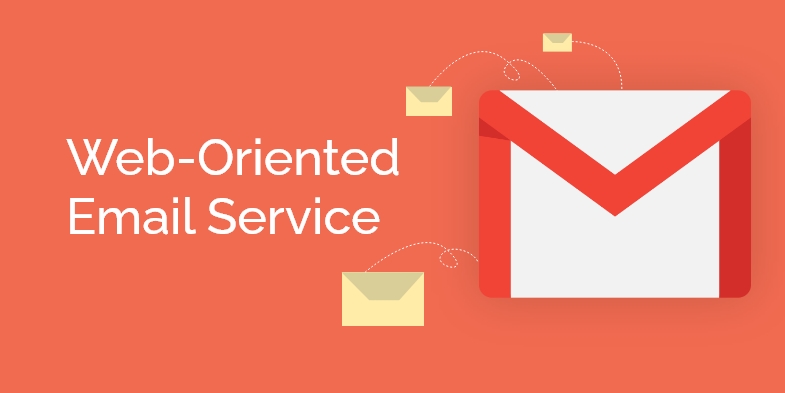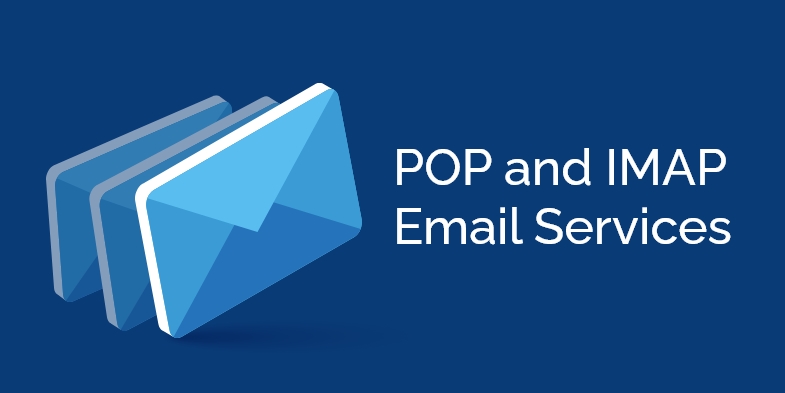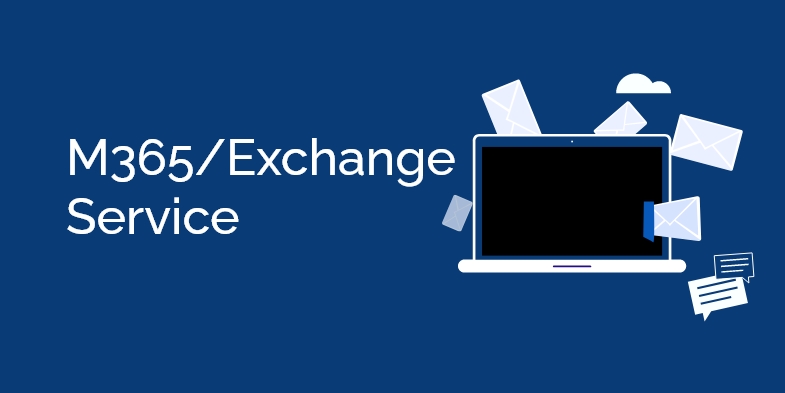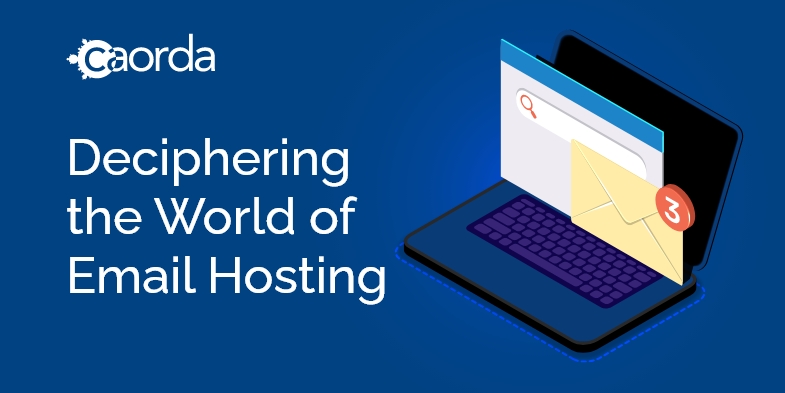In this blog post, we’ll seek to demystify the world of email hosting and break down the three main email service provider types to help you decide what’s best for you and your organization.
The world of hosting is a complex one with various components. Too explain everything at once would be far too cumbersome and confusing. But the online services you use on a daily basis can be broken down into pieces and deciphered on their own. One of these pieces is email services.
The core concepts of email were designed a long time ago, and the service itself is like a language in the hosting world. It has evolved over time with its own set of rules, guidelines and features. Like the spoken word there are a multitude of email service providers, each bringing a unique spin to the service.
Today, there are 3 distinct email service provider types:
1. The web-oriented service
2. The POP and IMAP services
3. The M365/Exchange service
The three different email service provider types share many similar characteristics and functions, but there are some key differences you should know about. Below, we’ll break down each of the three types:
Web-Oriented Email Service

The most popular web-oriented email provider service is Google (Gmail). Hotmail and Outlook are also quite well known and widely used. The most prominent feature of a web-oriented service is you can log into a website and access your email no matter where you are located in the world. You could be on your laptop on your living room couch, in a Tokyo internet café, or on your phone 40,000 feet in the sky. As long as you have access to the internet, you can check your email.
Web-oriented services like Gmail also come equipped with a lot of features. They can scan your inbox and automatically add events to your calendar. They can also bundle your email service along with other items they may offer (Google Drive).
Along with the extra features, web-oriented email service providers also offer more space to store those emails. These days, users get a default 15 GB of storage across all Google Services and Outlook Services.
POP and IMAP Email Services

Post Office Protocol (POP) and Internet Message Access Protocol (IMAP) email provider services are the old school, bare bones work horses. They have evolved since their inception in the mid-1980s, but there haven’t been any major changes since their last updates in the late 1990’s (excluding adding encryption methods).
Due to their long running life, POP and IMAP do not bring any bells or whistles to the field, and include providers like Outlook, Thunderbird, Mac Mail, etc. There are so many of these types of email clients available, so use the one you are comfortable with, but keep these pointers in mind:
When setting up a POP email client, be aware the POP accounts will always look at your inbox, and nothing else. It will download what is in that inbox folder, and remove it from your email provider’s servers, storing them locally on your computer. It is now your responsibility to manage the backup of your emails – the server won’t have a copy of it anymore. While that could be considered a hassle, you now have total control of your email data. Plus, with the email being removed from the server, you get the benefit of personal data privacy and security – it isn’t floating around on the internet or being analyzed.
IMAP is different than POP in that your email client (Outlook, Thunderbird, Mac Mail, etc.) only reads what is on your service provider’s servers. This brings a couple good and bad things to the IMAP solution:
Your emails are now left on the server, so you don’t need to worry about backing up your data. You can have multiple email clients share the same data. Reading an email on one client would mark the email ‘read’ on the server, and your other clients would also see that it’s ‘read’. Deleting an email on one client would also delete it on the other. But the downside to IMAP can creep up on you fairly quickly.
The first issue is storage. IMAP leaves everything on the server, so your emails can add up over time and ultimately fill up your mailbox.
Sharing the IMAP service across multiple clients can also cause slowdown. Once you’ve reached a certain number of emails and folders, it becomes time consuming for IMAP to inquire about every folder and email stored on the server, just to see if anything has changed.
It should also be noted that while there is some syncing between the various email parts, that is not the same with ‘Contacts’ and ‘Calendars’. Those are still on a per device/client basis.
Before we continue onto the next section, it’s important to note that Google, Outlook.com, Hotmail.com and even Exchange can be connected to by POP or IMAP if the feature is setup. You can also log into a webmail interface to access your emails hosted on services that are primarily POP and IMAP.
Whether it is a single email address or multiple email accounts for your entire business, Caorda can host your email service. Drop us a message to learn more and talk to an account manager.
M365/Exchange Service

Last is the M365/Exchange email service provider, but we’re really talking about Exchange here. Microsoft built upon the legacy IMAP solution, adding a lot of the most valuable features for people.
Exchange brought the ability to sync contacts, calendars, and additional items over time like tasks and tags. Through the use of permissions, you can even share various parts between people, like one large contact list. Exchange is still widely used due to the various features and security that can be setup. It’s also used heavily used by businesses, as it’s usually a managed system organized and maintained by their IT team.
If you come away with anything from this article, think about where you want your email data to be stored and what features you’re looking for. Would you prefer your data stored somewhere in the cloud, locally on your computer, or stored by some other service provider? Do you want to share your calendar between staff members? And so on…
If you need some help determining what will work best for you and your organization, contact a Caorda account manager and we can help you break down your options. And keep an eye out for our next Hosting Information Breakdown on Website Hosting!
